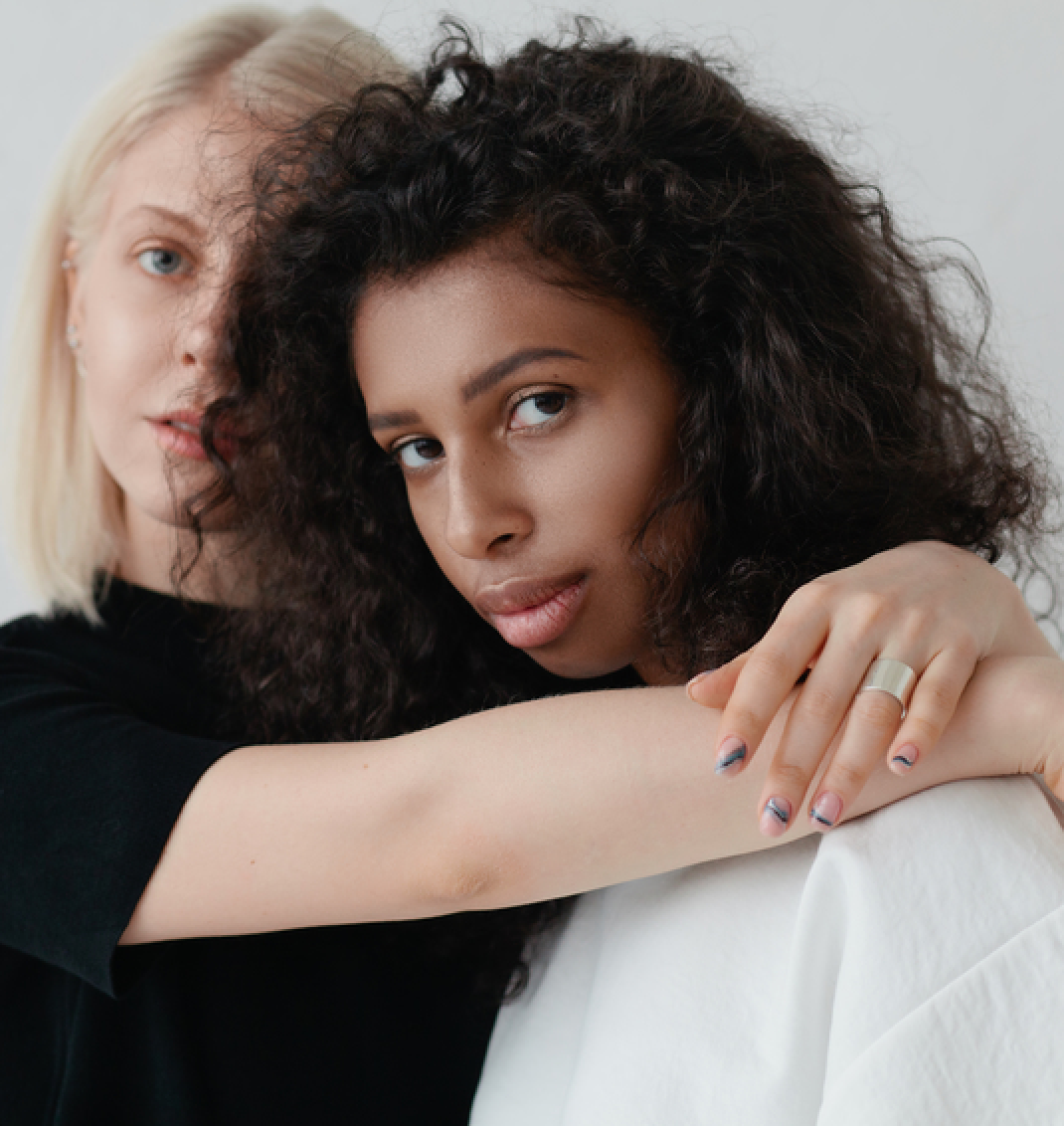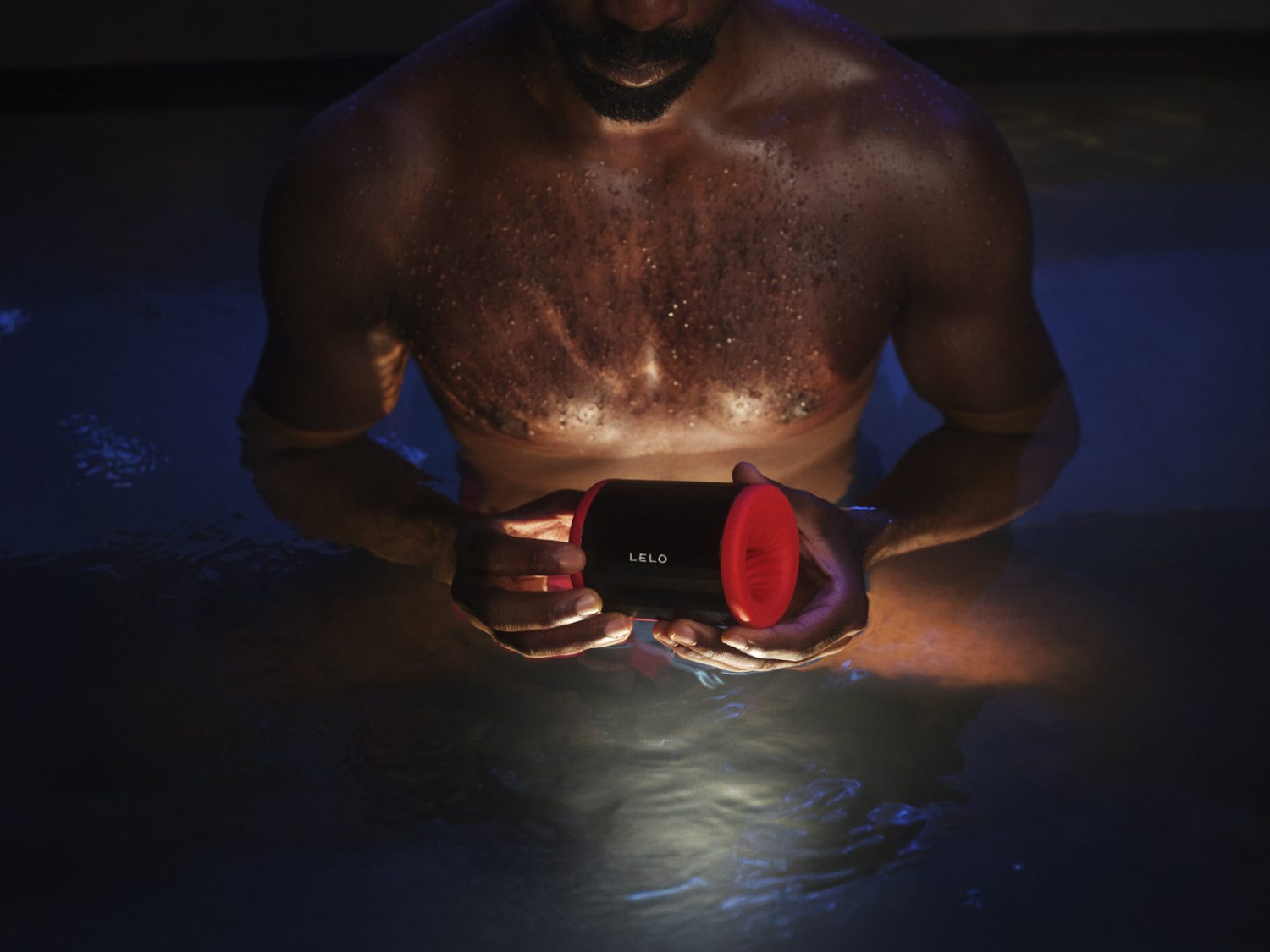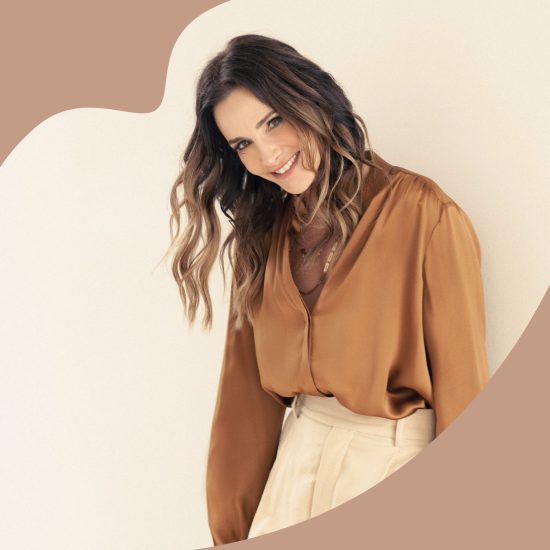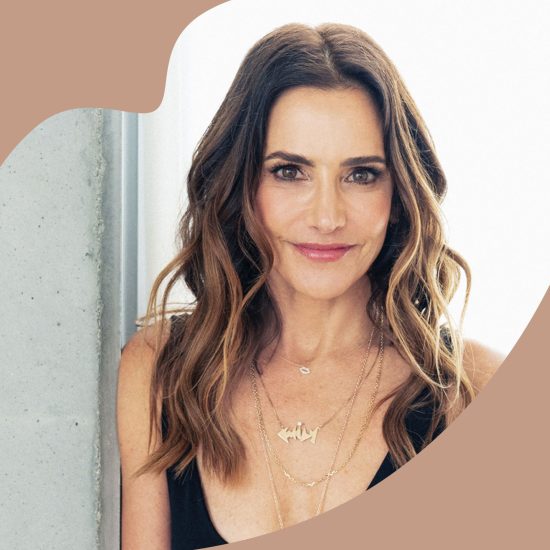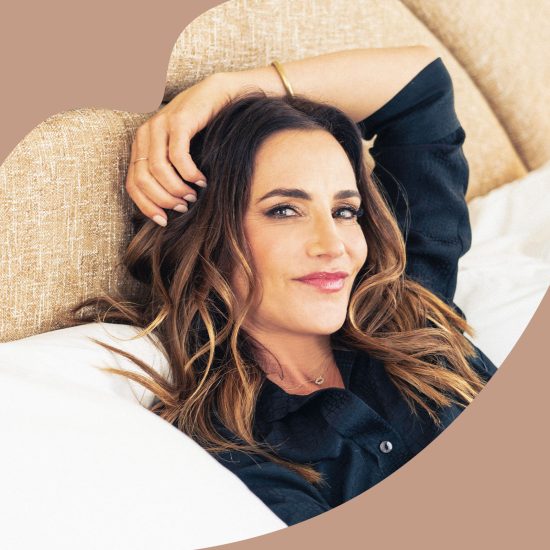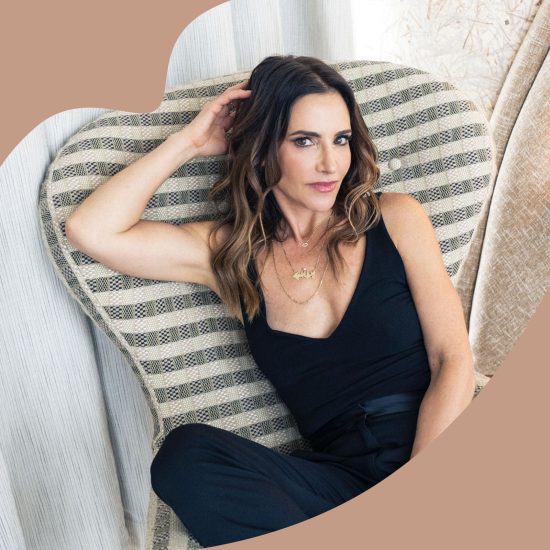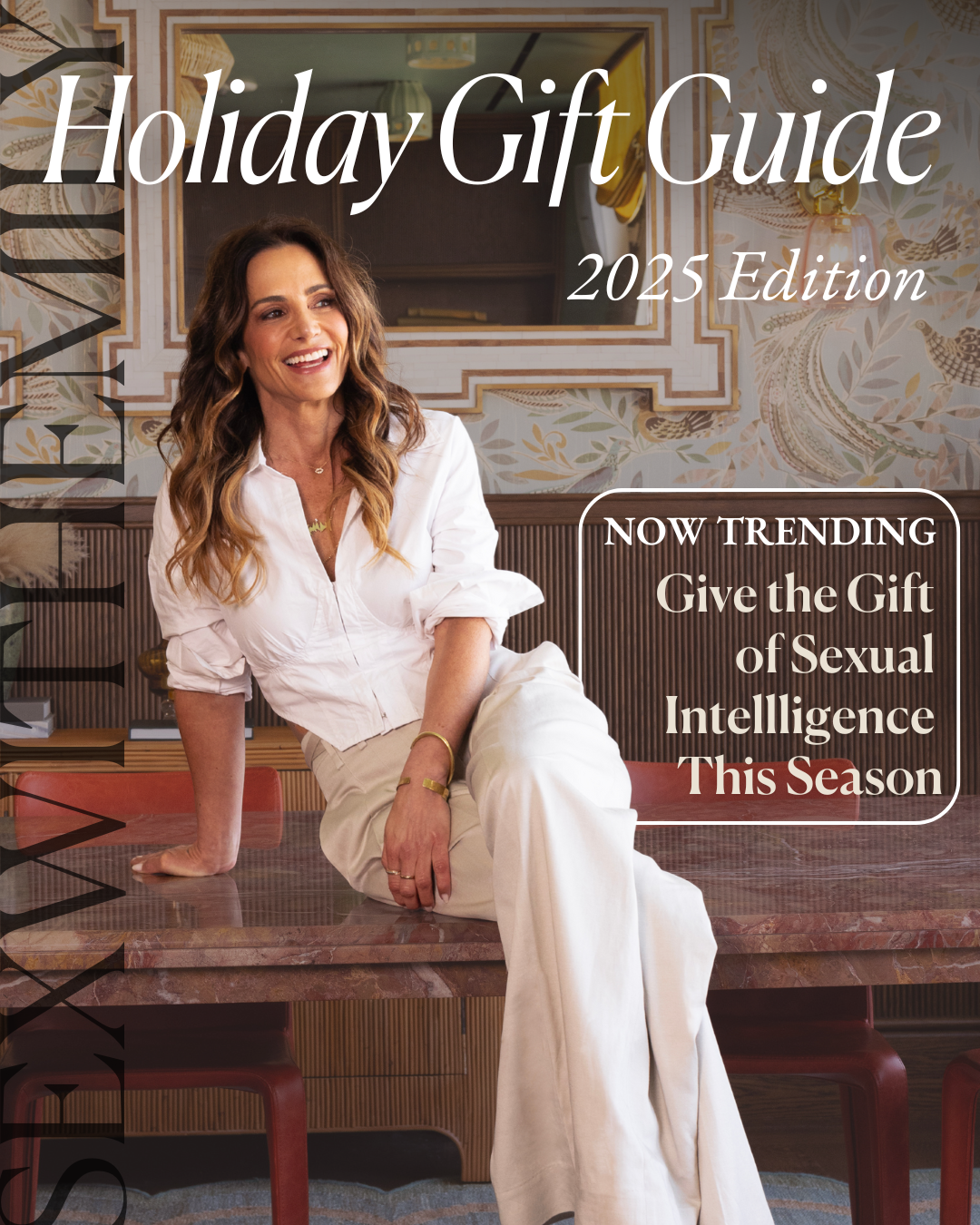For some people, monogamy is an ideal relationship structure. There’s the promise of security, predictability, and shared intimacy, for one. It’s also a relationship container that’s familiar, carrying with it the social rewards of being in a couple. We get positive feedback from society when we’re coupled, from likes on Instagram to tax breaks when we’re married. There’s a lot of incentives for monogamy.
But for others…it’s not a fit at all, despite being a cultural default. Or maybe monogamy was right for a period of time, but now at a different life chapter, you need something else. So if you’re in a partnership, and someone (you, your partner, or both) are feeling sexually restless, the question may arise: “should we open up?” Or, “what IS an open relationship?
If you’re the one asking this question, then chances are, you’re curious about other types of relationships. And if you’re the one who was asked this question, you—naturally—may be wary, worried, or scared. All of these feelings are normal! Just like everything else with sex and relationships, the way forward usually relies on communication. And in this case, education.
There are lots of ways to define an “open” relationship, so let’s give you some vocabulary to help navigate the terrain. What are the alternatives to monogamy? Let’s take a look.
Open
Colloquially, “open” is an umbrella term to describe any relationship that isn’t conventionally monogamous. But you’ll hear it most often from couples, like: “we’re in an open relationship.” What format does that relationship take, exactly? Keep reading…
Ethical Non-Monogamy (Or Monogamish)
This relationship structure typically starts with an anchor couple. But with consent, additional partners may be invited to the bedroom…or, each partner can enjoy outside sexy times of their own. Shoutout to podcaster/author/activist Dan Savage, who coined the term “monogamish,” and has given the world a lot of ways to think about it.
“Straight couples don’t have to be monogamous to be married or married to be monogamous,” says Savage. “Monogamy no more defines marriage than the presence of children does. Monogamy isn’t compulsory and its absence doesn’t invalidate a marriage.”
Swingers/Swinging
Guess what? Swinging didn’t end in the ‘70s! Lots of couples like this option because it’s sexually freeing…yet still something they can experience together. In fact, folks these days often refer to it as “in the lifestyle” as a sly way to express their swinging status. Whatever you call it, the emphasis is sexual and couple-centric, meaning couples “swap” sex with other couples, or attend swinger parties for consensual hookups. There’s some overlap here with cuckolding / hot wife-ing, so if these ideas are intriguing to you—talk about it!
Polyamory
Polyamory literally means “many loves,” and allows for more than one committed relationship involving emotional connection, sex, or both. This can mean multiple people in a relationship together (for example a “throuple,” with three individuals), or could take the form of a primary couple, each with additional partners.
Unlike open/monogamish/swinging, polyamory usually implies relationships that go beyond hookups. That’s not derogatory—hookups are great! But this particular relationship model is a good fit for someone who’s looking for sustained depth and connection with additional partners, in addition to the sexual act itself.
Solo Poly
Moving away from couples for a moment, this term refers to an individual who is not sexually or emotionally committed to just one partner. This could look like (openly) dating more than one person, dating a couple, or consciously resisting the “relationship escalator.” What’s that? Well, according to author and journalist Amy Graham (a.k.a. Aggie Sez), the relationship escalator is a “progressive set of steps, each with visible markers, toward a clear goal. The goal at the top of the Escalator is to achieve a permanently monogamous (sexually and romantically exclusive between two people), cohabitating marriage—legally sanctioned if possible. In many cases, buying a house and having kids is also part of the goal. Partners are expected to remain together at the top of the Escalator until death.”
So there you have it: the relationship escalator! Lots of solo poly folks also overlap with relationship anarchy, the idea that monogamy shouldn’t be compulsory.
In any case…
Don’t get it twisted: conscious monogamy is still on the table! The keyword being “conscious,” as in–you’ve considered the options, and monogamy is still the best model for you.
But if it’s not, that’s ok. Finding your ideal relationship model takes a lot of self-reflection, tons (TONS) of communication, and usually some trial and error. If you’re curious about exploring, here’s some recommended reading
- Poly Secure by Jessica Fern
- More Than Two: A Practical Guide to Ethical Polyamory by Eve Rickert and Franklin Veaux
- Opening Up: A Guide to Creating and Sustaining Open Relationships by Tristan Taormino
Whatever you decide, doing the internal work of figuring out your ideal relationship structure is a huge investment in your wellbeing. Communicating about this stuff can be awkward, sometimes scary—and in the end, an open relationship might not be the best next step. It’s not for the faint of heart, but for many, it’s an authentic and beautiful way to live. Good luck on your journey!
—
Tolly Moseley is a writer and content contributor for Sex With Emily. She is a storyteller and board member for Bedpost Confessions, has written for The Atlantic and Salon, and loves listening to all the sex podcasts. When she’s not writing, she’s doing aerial.

